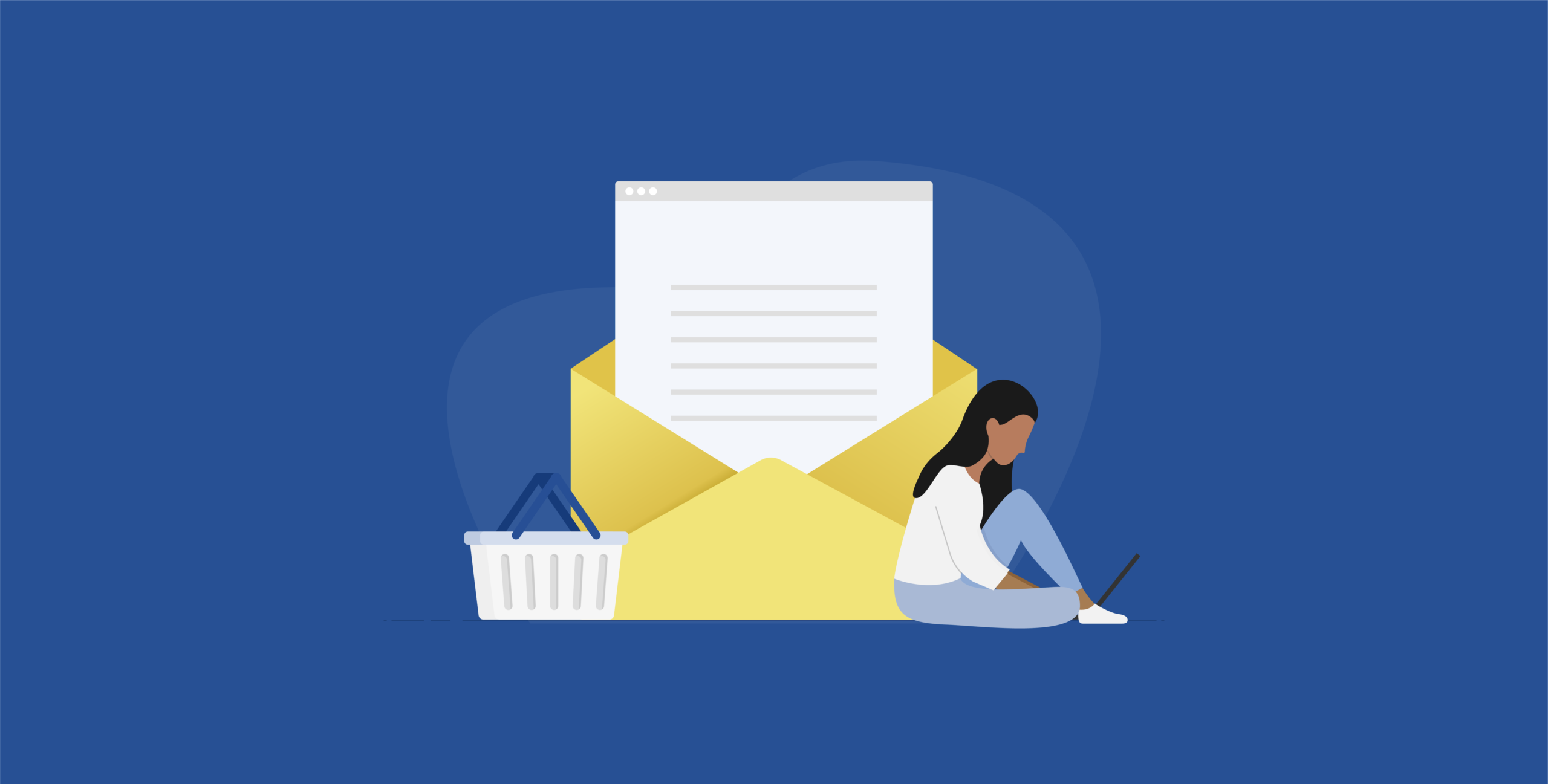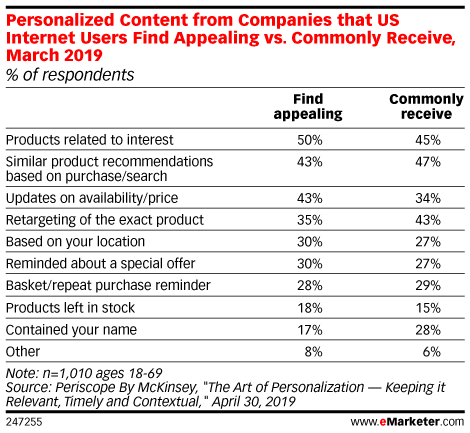Email is a powerful tool for moving your customers through the e-commerce customer lifecycle. Every step of their journey can be supported by a note offering them something they may want or need, helping guide them to the next action that makes sense for them to take. Well-crafted, on-brand messaging with clear calls-to-action can help turn first-time buyers into repeat customers, repeat customers into advocates, and advocates into referral machines. Let’s take a look at some of the pivotal outreach opportunities in your customer lifecycle email strategy.
First Purchase
Not nearly enough e-commerce merchants go for the great first impression after a customer makes their first purchase. Boring, lackluster confirmation emails and forgetting the all-important welcome email are two mistakes that lose merchants the opportunity to build a solid foundation for their relationship with a new customer.
This is your chance to introduce a customer to your personality, to your company’s mission, to build a connection with a customer. If you don’t hook them with a quality email from the onset, what will encourage them to pay attention to any further communications you send?
A great welcome email should:
- Introduce some brand personality and create a connection
- Feature product recommendations or a loyalty program invitation
- Thank a customer for their purchase and encourage them to return soon, either with a strong call to action or a limited-time discount
When a customer feels like you get them and they can identify with your brand right from the get-go, you open up the opportunity for future repeat business.
Product Recommendations
Speaking of repeat business, did you know that your customers actually want you to recommend products to them? A March 2019 survey from Periscope by McKinsey shows that half of people surveyed said they want to receive emails from brands recommending products related to their interests (i.e. their past purchases).
There are a couple of ways to do this. You can offer recommendations specific to their past purchases, such as complimentary items or items that may be the next step in their use of your products. You can also do global recommendations, taking some of your most popular items (“Customers like you also love these!”), new items (“Check out the latest and greatest.”), or recently restocked items (“Back in stock. Get them before they’re gone again!”), and featuring them for customers who may be interested in them.
ShippingEasy’s Customer Marketing platform allows you to automate this process, in emails as well as on packing slips. Choose items you’d like to have recommended, set up a couple quick and easy rules, and you’re on your way to creating repeat business by offering customers products that they’ll love.
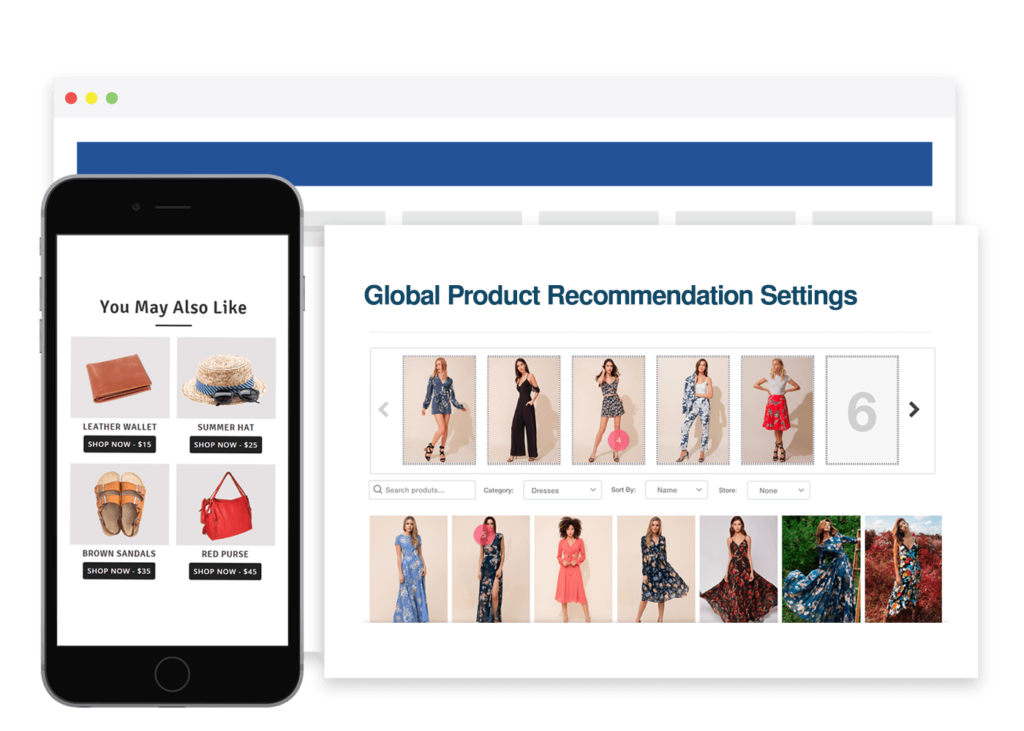
Customers who feel like you know exactly what they want are more likely to shop with you again and again. This also gives your brand a more human element, like a trusted advisor that knows just what to recommend. That builds customer loyalty.
Segmentation
Segmenting your customer list might be one of the most pivotal elements to your customer lifecycle email strategy. This is particularly true when you’re sending regular campaigns, as opposed to automated campaigns based on specific triggers. When an email feels like it was written just for an individual customer, they’re more likely to pay attention, more likely to act, and more likely to continue reading your emails.
In the US, UK, and Canada, only about 18% of consumers feel that brands are giving them a great customer experience. The bar is pretty low. So if you can take the first few steps to personalizing your email content, you’re already a few steps ahead of many other merchants.
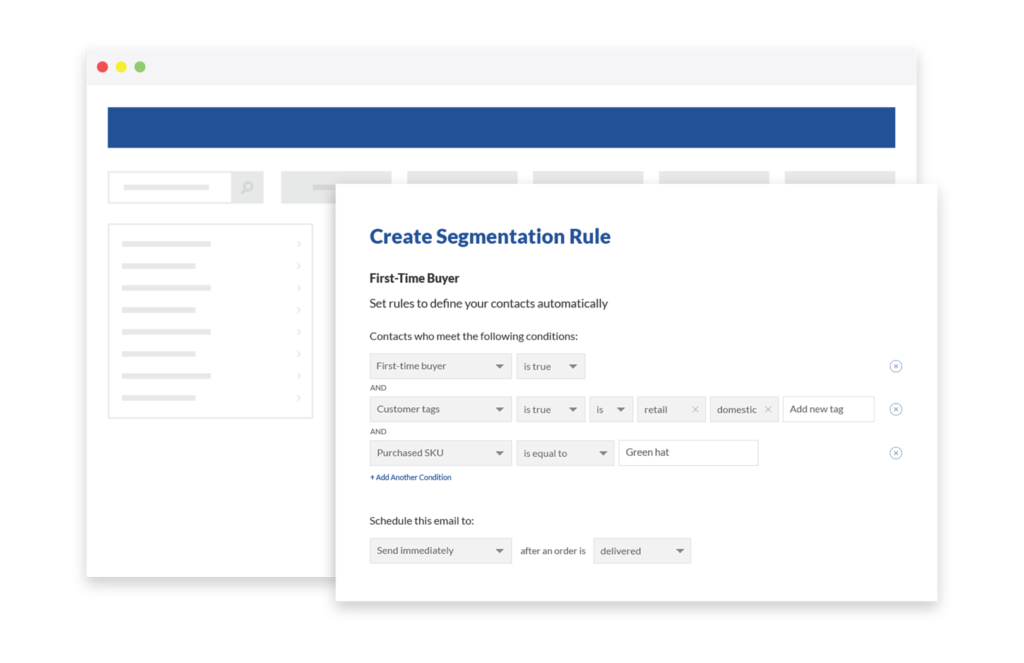
Referrals and Word of Mouth
Part of any good customer lifecycle email strategy is encouraging your customers to share the love. This can be done in many ways, all of which can be effective. Let’s look at a couple of the word of mouth campaigns you should have running.
User-generated Content
People love to share the love on social. This can be of great benefit to your brand, too. People trust other customers more than they do a brand (we’ll get to that more in a minute), so being able to see other customers in the real world using, wearing, or enjoying your products helps build major brand equity.
Once a customer has purchased from you at least a couple times, you can automate an email that encourages them to share on social, tagging your company and/or using a specific hashtag. Monitoring your mentions or hashtag usage, you can then reach out to customers who post to social and see if they’ll let you feature their photos. This is a great way to further build your relationship with them while also creating social proof for potential customers. Make it as easy as possible to participate, link to all your social media handles, and make your calls-to-action clear and concise.
Refer-a-friend
Not all brands have a referral program. If you do, email automation is a perfect way to support it. Much like the social engagement, after a customer has made enough purchases to establish themselves as a possible brand advocate, you can have an email reminding them that they can get rewarded for spreading the word. Again, the easier you make this, the better. Be clear and concise about what you want them to do, make the calls-to-action bold and obvious, and be sure to emphasize the benefits they get out of it. Always be thinking WIIFM (what’s in it for me) from a customer perspective.
Reviews Management
Once you’ve mastered the first few items listed here, it’s time to take a very important step in your customer lifecycle email strategy—getting a customer recommendation or referral. Nearly 95% of shoppers read online reviews before making a purchase, according to Spiegel Research Center. So, basically everyone.
Customers are often more self-motivated to write reviews when things go wrong and keep quiet when things are going well. All they need is a little nudge. As a matter of fact, Search Engine Land says that 70% of consumers will leave a review if asked. With an impact like that, and how easy it can be to request reviews, this step in the customer lifecycle is a no-brainer.
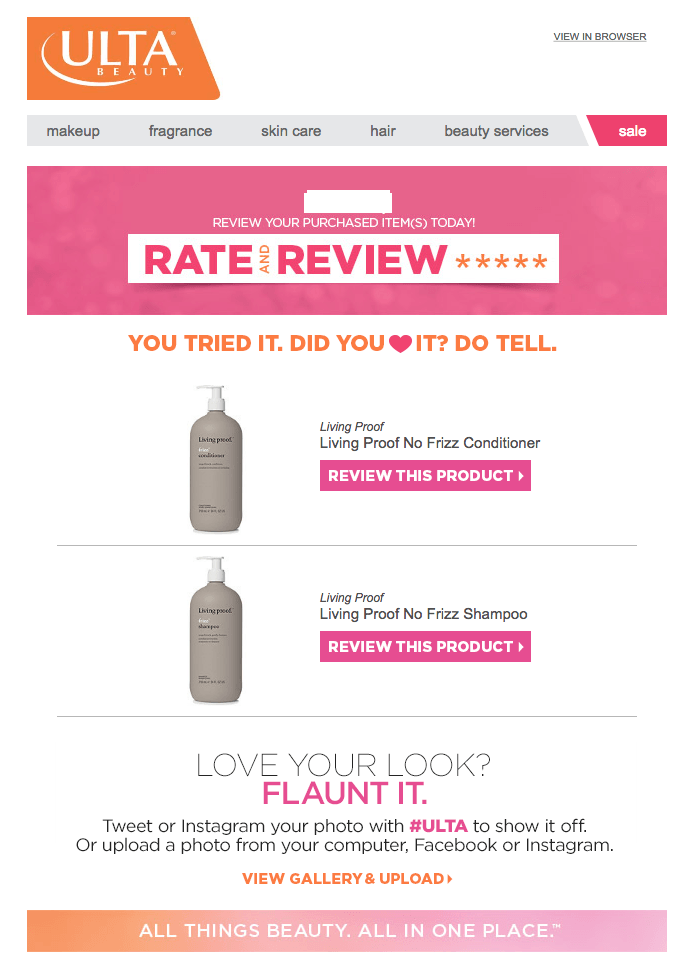
Notice the clear messaging of the email—no question what the sender wants the customer to do. Easy and obvious CTA buttons lead you to the product. There’s even a call to share on social using a branded hashtag (like we covered previously). The entire email is focused on inciting user-generated content in some fashion.
Emails like this aren’t hard to set up (especially when using ShippingEasy’s drag-and-drop builder), and they’re even easier to send. Email automation coupled with shipping data can help you send a follow-up email at just the right time after a customer has received a product. That way, they’ve had ample time to use the product, form an opinion, and feel inspired to write a review when you ask them!
Getting the review is just the first step. You absolutely need to monitor and respond to them. 89% of customers read replies to reviews, and 41% believe that seeing a business reply to reviews means they care about customers. Even negative reviews can help build up your brand image with a cordial response.
Bonus: Abandoned Cart & Buy-It-Again
While abandoned cart emails can exist in both customer acquisition and customer retention, they’re important to bring up here. As it turns out, customers love being reminded that they left something in their cart, particularly if you incentivize them to complete their purchase. Typically within an hour or so after they leave their cart is the most effective time frame, but you should experiment and test. These kinds of emails can be automated, which makes them even more effective.
ShippingEasy currently offers abandoned cart email functionality for Shopify store owners. Not only are they automated, but they pull in information about the items in the cart and lead your customers right back to the cart to finish checking out.
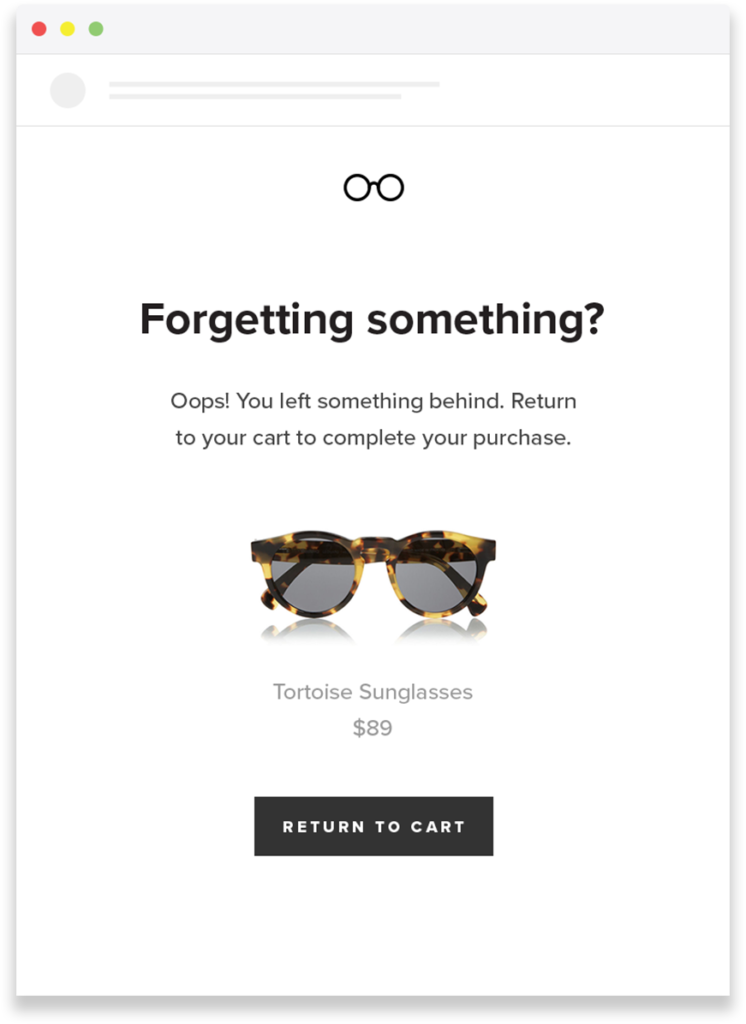
Buy-it-again reminders are a powerful tool for creating repeat customers, particularly if you have products with finite shelf lives that need replenishing. Great examples are coffee, vaping supplies, specialty foods like pet foods, and nutritional supplements.
Setting up a buy-it-again reminder is as easy as knowing how your customers should use the product, then automating an email to go out at just the right time they need to think about reordering. For example, if someone picks up a 30-day supply of a nutritional supplement, you may have an email that goes out about 3 weeks after the delivery date so they can order and have the items shipped without interruption. Another way you can tie this automation together with your customer data is gifting. If someone marks an item as a gift, you could set up a reminder to them for next year to see if they need to buy something else for that person. In both instances, you end up being the hero by making sure they don’t forget to buy their items again.
Even though many of these campaigns can be put on autopilot, it’s important to always be testing and tweaking. The better you nuance your customer lifecycle email strategy, the more success you’ll find with it. That success equals repeat customers who extol the value of your brand to others while helping lead you to a healthy bottom line.
Want to see your shipping data and customer data work to build your business? Try the ShippingEasy platform, complete with shipping automation, the best rates, and email automation that keeps your customers coming back time and time again. It’s all FREE for 30 days!
Rob Zaleski
Latest posts by Rob Zaleski (see all)
- USPS 2023 Shipping Rate Changes - November 16, 2023
